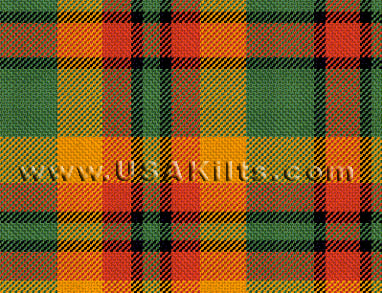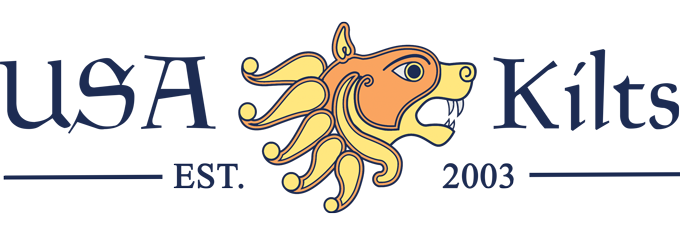Derry
Select
- Mill: HOE
- Weight: 13 oz.
- Known Septs Include:
Names prominent in this county include: Bradley, Cahan, Canning, Carolan, Cassidy, Closky, Colgan, Colgan, Connor, Conorr, Corr, Crilly, Deery, Devlin, Dimond, Gilligan, Gurk, Hegarty, Henry, Kelly, MacClosky, MacColgan, MacCrilly, MacGilligan, MacGurk, MacRory, McCloskey, McClosky, McColgan, McCracken, McCrilly, McDonnell, McGilligan, McGinn, McGurk, McMullen, McMullin, McNamee, McRory, Mullan, Mullen, Mullin, Mullholland, Mulligan, Mulvenna, Murray, O'Cahan, O'Carolan, O’Connell,O'Connor, O'Connorr, O’Conor, O'Conorr, O'Corr, O'Deery, O'Dimond, O’Friel, O'Hegarty, O'Henry, O’Kane, O’Keenan, O'Kelly, O'McLoughlin, O'Mullan, O'Mullholland, O'Mulvenna, O’Quigley, O’Quinn, Rory
- Notes:
Once part of the historical Kingdom of Ulster what is now known as Derry --officially Londonderry-- was renamed (and reshaped) during the plantation period of the early 17th century. From the early 18th century on Derry provided a steady stream of emigrants to the Americas. (A stream that became a torrent in the mid 19th century.) However, while Derry’s modern history is complex, Derry’s ancient history is even more complex. Home to some of Ireland’s oldest Oak forests, Derry is also home to some of Ireland’s oldest sites of human habitation. Settled for well over 8,000 years, the natural beauty of Derry still over awes its human monuments. Home to Ireland’s tallest waterfall, Derry’s damp climate and old growth forests also provide a perfect environment for some of Irelands rarest and most beautiful flowers and animals. - notes by Sarah Nagle
One of a series of Irish District tartans designed (and copyrighted) by Polly Wittering of the House of Edgar in 1995. This is not an 'officially sanctioned' District tartan but has proven popular.
